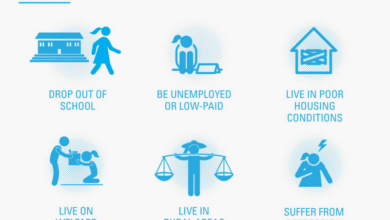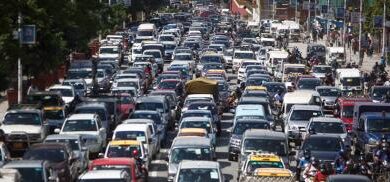For Ecuador’s Guayaquil, Tides of Death and Disappearance
As Covid-19 spread, families were left tending corpses for days. Now many wonder where loved ones are buried.
APRIL BROUGHT coffins to the streets of Guayaquil — hundreds of them, many made quickly of cheap cardboard — as if the whole city was on its way to a funeral. But there would be no funerals.

Private funeral home operators load a coffin into a van in Guayaquil, Ecuador, last week.
The first Covid-19 case was officially identified in Ecuador on Feb. 29. A 71-year-old woman — the country’s nominal “Patient Zero” — had returned from Madrid to this port city, Ecuador’s largest, carrying the virus. It subsequently swept through the population so quickly that authorities could not keep up, and within weeks, this capital of Guayas province, home to over 2 million people, became the novel coronavirus’ most prominent victim in all of Latin America.
And yet the official numbers have been a matter of some dispute. According to public health officials, in the first two weeks of April alone — a period where the region might see 1,000 people die for any number of reasons, natural and otherwise — Guayas province registered more than 6,700 deaths. As of this week, however, Ecuador has only been able to officially confirm, through testing, that 537 people have died due to Covid-19. Another 952 are considered probable Covid-19 deaths, with the victims having shown symptoms, but without definitive testing.
But just how many of the nearly 6,700 deaths in this one province are ultimately attributable to Covid-19 is impossible to know — and may well remain so. As has been the case in Italy, Spain, and other nations where health care resources have collapsed beneath the weight of illness and death, several reports have surfaced of people dying of non-Covid-19 causes that would have, or should have, been preventable. But authorities — widely criticized for being slow to act amid the gathering crisis — insist that they now have the matter well in hand.



“It is true, that in the beginning, this got out of control,” Juan Carlos Zevallos, the health minister of Ecuador, said in an interview. “But we are handling the situation now.” He was referring to the bodies. The region had become so quickly overwhelmed by the number of deaths that no resources were available to deal with them. Hundreds of corpses and cardboard coffins accumulated in tidy rows in the streets, while in homes across the province, the dead bodies of loved ones, mothers, fathers, children — whether they perished from the coronavirus or not — lay for days on sofas and in bedrooms and across floors. And with temperatures pressing past 85 degrees (30 degrees Celsius), an almost unbearable smell rose up across Guayaquil.
It was the smell of a Covid-19 situation out of control.







Evelyn Bastidas, 28, a resident of Duran — a poor neighborhood on the outskirts of Guayaquil — described her father Orlando as a taxi driver and the economic support for the whole family. When Orlando died earlier this month, the family had his dead body lying in the floor of the living room for four days, waiting for the authorities to collect it. “We never imagined this. It is so horrible,” said Bastidas. “I do not wish this to happen for anyone. This is not an animal. This is my father.”
Courtesy: undark.org



